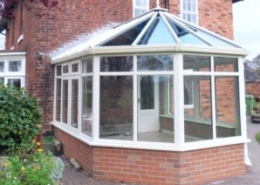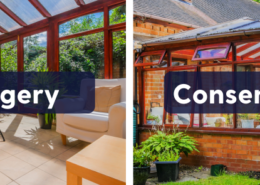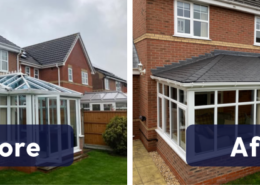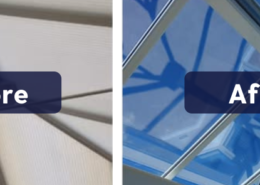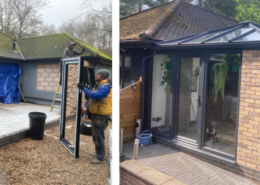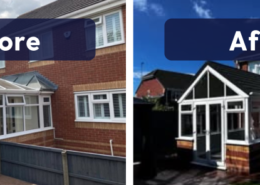Orangery Extensions
Timeless Orangery Extensions by Select Windows, Doors & Conservatories
A bespoke orangery extension from Select Windows, Doors & Conservatories is the perfect way to add style, space, and value to your home. Our expertly designed orangeries create a bright, airy environment thanks to elegant glass lantern roofs, while remaining cosy and comfortable throughout the year when accessorised to complement your interior.
Blending the light-filled nature of a conservatory with the solid feel of a traditional extension, our orangeries are designed to be enjoyed in every season. Whether you prefer a sleek modern look or the charm of a wooden orangery, our tailored designs bring the perfect balance of elegance and practicality.
We also offer stunning timber orangery options, crafted with premium materials for a natural, timeless aesthetic that enhances any home. Our high-quality windows and doors integrate beautifully into each build, providing excellent insulation and security while enhancing the overall design.
With over 38 years of experience in manufacturing and installing some of the finest orangery’s in the UK, we understand the importance of getting every detail right – from the initial concept to the final installation. When you choose Select Windows, you’re choosing peace of mind, professionalism, and a truly bespoke service.
Let us help you create the orangery extension of your dreams – crafted with care, built to last, and made just for you.








